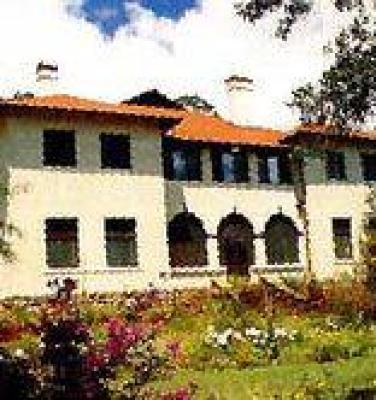A domestic monument to mining days past.
A counterpoint to the rough and ready shacks of Pilgrims Rest, the architectural gem of Alanglade adds a note of sophistication to a landscape already rich in contrasts.
The only memorials that miners tend to leave behind them are empty, echoing underground shafts. An exception to this is Alanglade, the one-time home of Dick Barry, general manager of Transvaal Gold Mining Estates until 1930.
The great house in its gleaming white grandeur seems transplanted from some opulent Edwardian suburb, an illusion complemented by the transformation of scrubby bushveld into tennis court and croquet lawn, and a large and informal garden of old-fashioned roses and flowers that found favour with an earlier generation.
Although Alanglade is now a museum, it still retains a distinct feeling of a home. Completed in 1916, the house has a suggestion of the influence of Sir Herbert Baker in the spacious layout; however, the identity of Alanglade's architect has not been definitely established.
The languid, curving symmetry of Art Nouveau - seen in figured glassware bearing exalted names such as Lalique, or in the silver-plated vases that grace a mantelshelf - evolved naturally into the functional lines of Art Deco, which often uses the small-skirted female form as a central motif.
Upholstery fabrics reflect patterns created by Morris himself for his own firm of Morris & Company, and crockery by Clarice Cliff and many of her contemporaries graces shelves and elegant tables. And the tables themselves, like all the fittings, are made of excellent materials, soundly made despite the shortages occasioned by the First World War.
The old home that housed the Barry's will always transport visitors back into an era gentler and more gracious than our own.
